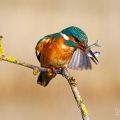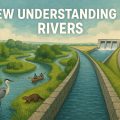What Is a Gallery Forest? Riverbank Forests That Create Life Corridors
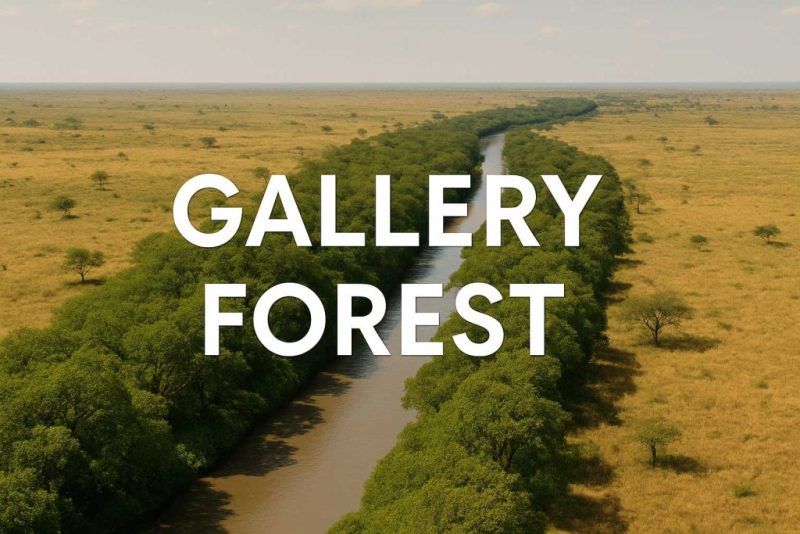
Discover the beauty of gallery forests — lush riverbank forests that create vital wildlife corridors through dry, open landscapes across the world.
Imagine walking through a sun-scorched savanna, the air shimmering with heat and golden grasses stretching for miles. Then suddenly — a cool, green oasis appears, a forest growing only along a winding river. This is a gallery forest — one of nature’s most striking contrasts and one of its most vital ecosystems.
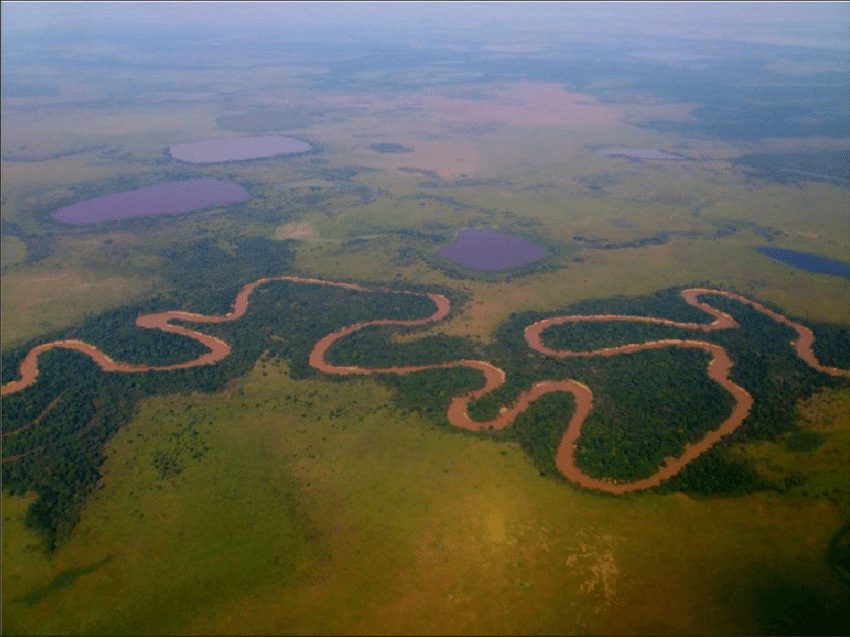
🌳 What Is a Gallery Forest?
A gallery forest is a type of riverbank forest that grows exclusively along streams and rivers, especially in open landscapes like savannas, grasslands, or dry plains where trees are otherwise scarce. The forest often forms an arching canopy over the river, resembling a green tunnel or vaulted gallery, which gives it its name.
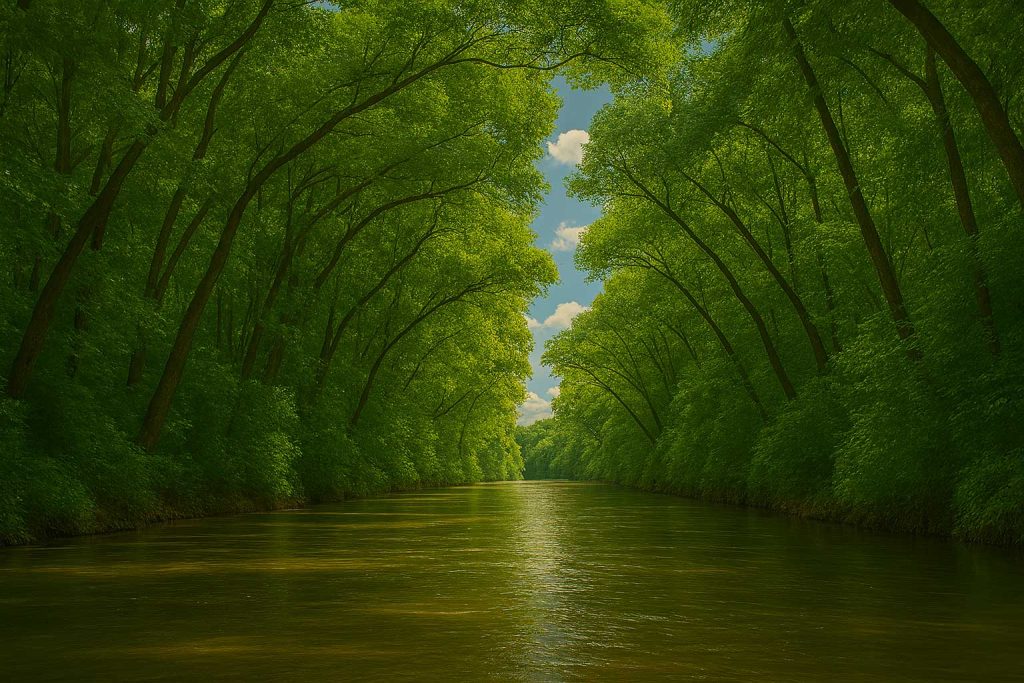
These narrow, ribbon-like forests trace the curves of rivers, creating lush corridors of life through barren surroundings.
💧 Shaped by Water, Sustained by Rivers
Gallery forests are riparian ecosystems, meaning they depend on water from nearby rivers. Even in dry climates, these riverbank forests thrive thanks to steady groundwater, river flow, and seasonal flooding.
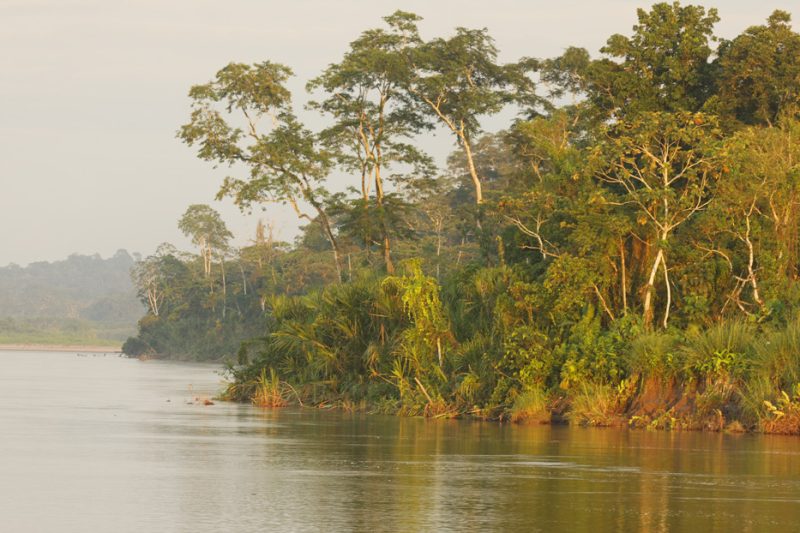
This constant moisture supports a rich community of trees, shrubs, vines, and wildlife that wouldn’t survive in the drier land just meters away. You’ll often find a completely different ecosystem inside the forest than outside it.
🐾 Why Gallery Forests Matter
These forests aren’t just beautiful — they’re essential for life.
- 🌿 Prevent erosion with deep-rooted trees along the banks
- 🐘 Provide wildlife corridors for migration, feeding, and shelter
- 🐟 Filter pollutants from surface runoff, protecting river health
- 🦜 Support biodiversity: birds, insects, amphibians, mammals, and even fish depend on them
In dry zones, gallery forests may be the only wooded habitat for kilometers, acting as a lifeline for species survival.
🌍 Where Are Gallery Forests Found?
Though often overlooked, gallery forests exist on nearly every continent. They’re most prominent in:
- Africa: Along seasonal rivers in the Sahel and savanna zones
- South America: In Brazil’s Cerrado and Pantanal, green corridors snake through the grasslands
- Australia: Dryland rivers like the Cooper Creek are lined with forest belts
- Europe: Remnants remain in Mediterranean riparian zones and central lowland floodplains
They may be just a few meters wide, but some gallery forests stretch hundreds of kilometers along rivers.
🧭 Can You Visit a Gallery Forest?
Yes — and you absolutely should.
Walking through a gallery forest is like entering another world. The air is cooler, the canopy teems with birdsong, and the light filters through leaves in shimmering green tones. Whether you’re hiking, kayaking, or observing from above, gallery forests offer a rare blend of serenity and life.
Many national parks and wildlife reserves preserve these forests as key habitats. If you’re near a river cutting through a dry region, look for that thin green line — it might just be a gallery forest.
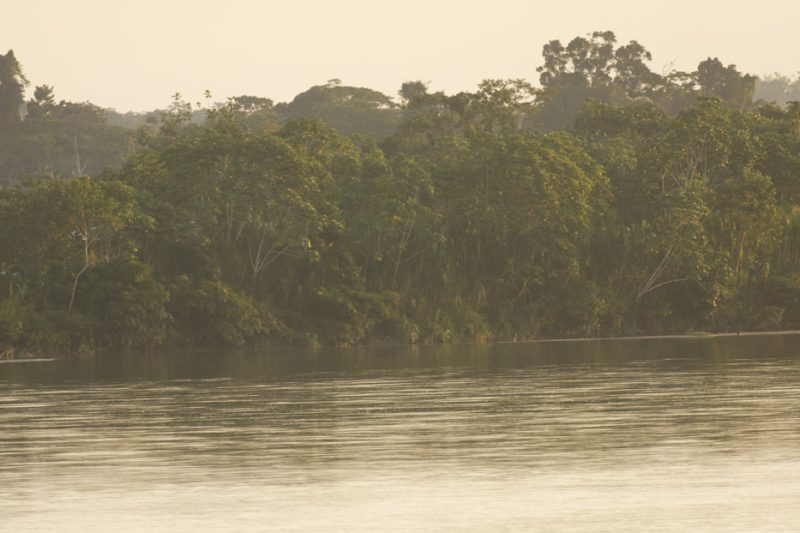
🪶 Final Thoughts: A Hidden Forest in Plain Sight
In a world increasingly fragmented by human activity, gallery forests are natural highways of biodiversity. They quietly sustain ecosystems, connect species, and protect rivers — all while painting a graceful green line across the landscape.
Whether you’re a traveler, photographer, ecologist, or simply curious, keep your eye on the rivers. Where the water flows, the gallery forest follows.


